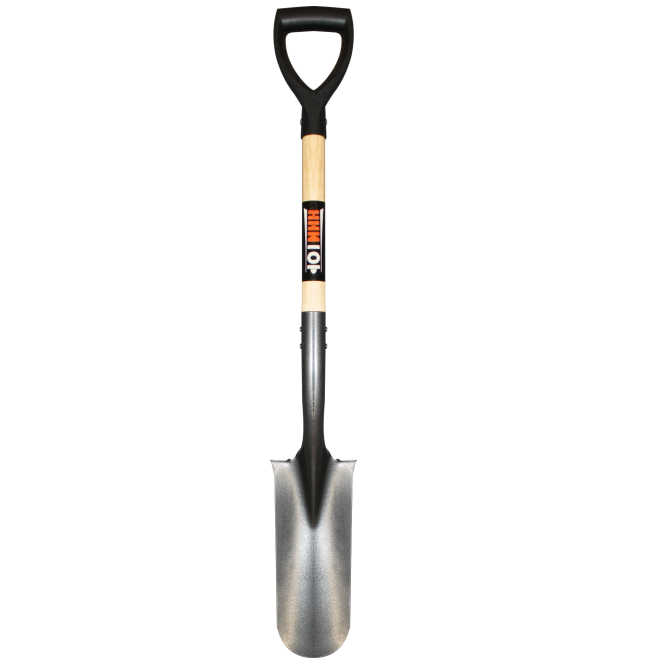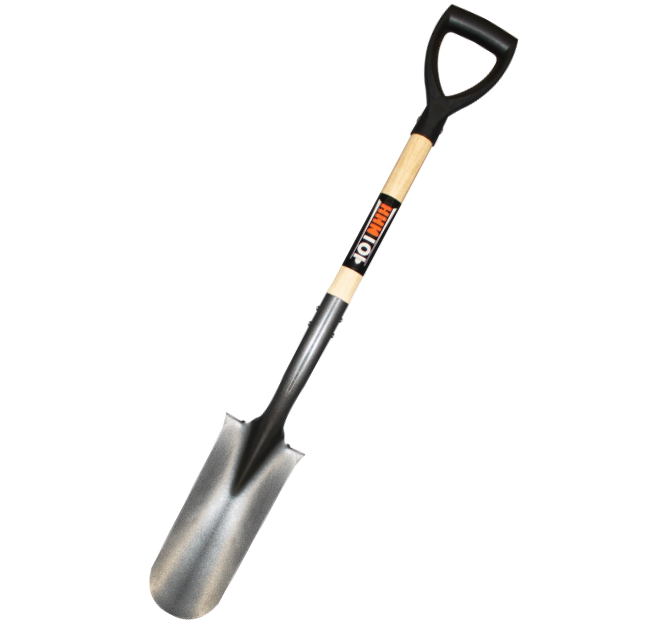Woodworking safety is paramount when crafting wooden handles to ensure their sturdiness and secure use. Here are some important safety measures and guidelines to follow when creating wooden handles for tools:
1. Personal Protective Equipment (PPE): Wear appropriate PPE, including safety goggles, hearing protection, and dust masks, to protect your eyes, ears, and respiratory system from potential hazards.
2. Tool Safety: Use well-maintained and properly adjusted tools. Keep blades sharp, and ensure that your saws, chisels, and carving tools are in good condition to prevent accidents.
3. Work Area Setup: Set up your workspace in a well-ventilated area with proper lighting. Clear clutter and keep your work area organized to reduce the risk of accidents.
4. Material Selection: Choose high-quality hardwoods that are appropriate for tool handles. Avoid using woods that are prone to splintering, warping, or cracking.
5. Proper Tools for Shaping: Use the right tools for shaping the handles, such as carving knives, chisels, gouges, and rasps. Properly sharpened tools are safer and produce better results.
6. Secure Workpiece: Secure the workpiece in a vise or clamps to prevent slipping during shaping and carving. This ensures stability and reduces the risk of accidental cuts.
7. Eye Protection: Wear safety goggles to protect your eyes from flying wood chips, dust, and debris that can result from carving and shaping.
8. Hand and Finger Protection: Use cut-resistant gloves to protect your hands and fingers while carving or shaping the wood. However, exercise caution as gloves can reduce sensitivity and control.
9. Proper Techniques: Adopt proper carving and shaping techniques to maintain control over the tools and reduce the risk of slipping or injury.
10. Secure Attachments: When attaching the handles to tool heads, use appropriate methods such as wood glue, nails, or pins. Ensure that the attachment is secure and stable.
11. Sanding Safety: Sand the handles carefully, wearing a dust mask to avoid inhaling wood dust. Sand in the direction of the grain to prevent splintering.
12. Finishing: Apply finishes in a well-ventilated area. Follow the manufacturer’s instructions for proper application, drying times, and safety precautions.
13. Avoid Rushing: Take your time during the crafting process. Rushing can lead to mistakes and unsafe practices. Focus on precision and safety.
14. Education and Training: If you’re new to woodworking, consider seeking education or training to learn proper techniques and safety practices.
15. Test and Inspection: Inspect the finished handles for any sharp edges, splinters, or defects that could pose a safety hazard during use.
By adhering to woodworking safety practices, you can ensure that the wooden handles you create are not only sturdy and functional but also safe for secure and comfortable use. Prioritizing safety throughout the crafting process helps prevent accidents and promotes an enjoyable and fulfilling woodworking experience.


